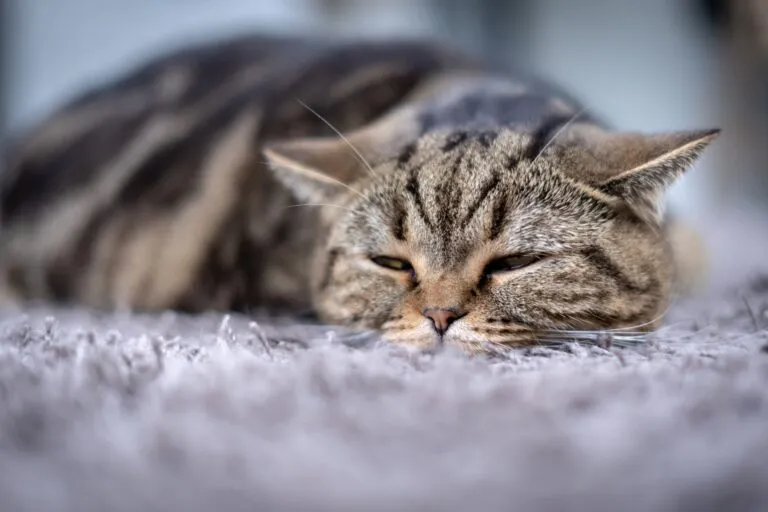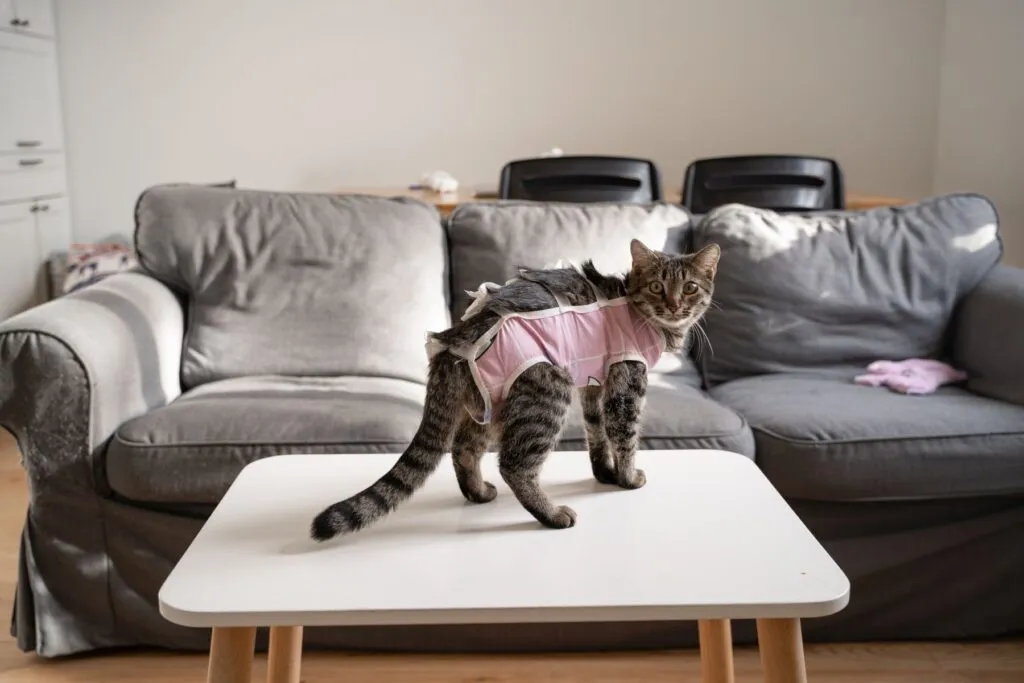Besides antibiotics, anti-inflammatories or pain medication, different forms of treatment are available depending on your cat’s condition.
Surgical Treatment
If your cat is in poor health, surgical removal of the uterus as emergency therapy is usually indicated. This also has the benefit of preventing future recurrences.
Conservative Medication Treatment
If for certain reasons you don’t wish to neuter your cat, for example, if you plan to breed, special medications can be an alternative: – Aglepristone for closed pyometra – PGF2α for open pyometra
These substances cause the uterine muscles to contract. Concurrently, the cervix opens again, allowing the pus to drain.
However, specific conditions must be met for medication treatment. For instance, administering aglepristone requires the presence of so-called corpora lutea in the ovary.
Besides, the medication can cause certain side effects, such as severe pain reactions, diarrhoea, and screaming fits.

